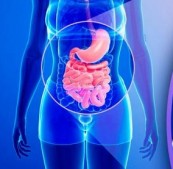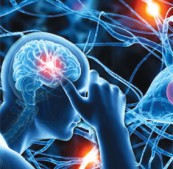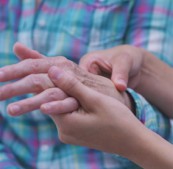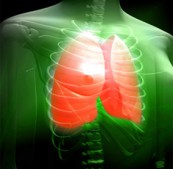Cerebral And Cerebellar Ataxia / Atrophy

Ataxia / Atrophy is described as a lack of muscle coordination that may affect a person's speech, eye movements, and ability to swallow, walk, and pick up objects, among other voluntary movements.
Types of Cerebellar Ataxia based on the occurrence
Friedreich's ataxia is the most common type of hereditary ataxia (caused by genes you've inherited). It's thought to affect at least 1 in every 50,000 people. Symptoms usually first develop before the age of 25, although it can develop in people much older than this.
Ataxia-telangiectasia (AT) is a rare type of hereditary ataxia. Symptoms usually begin in early childhood, although they can sometimes develop later.
Spinocerebellar ataxias (SCAs) are a group of hereditary ataxias that often don't begin until adulthood, affecting people from the age of 25 up to 80, depending on the type of SCA. Occasionally, some types of SCA begin in childhood.
Episodic ataxia is a rare and unusual type of hereditary ataxia where someone experiences episodes of ataxia, but the rest of the time they have no or only mild symptoms.
There are also a number of other types of ataxia that tend to have similar symptoms to those mentioned above. These include:
- acquired ataxia – this can affect people of any age and usually develops very quickly over the course of a few days, or sometimes hours; it may improve over time, stay the same or get slowly worse
- idiopathic late-onset cerebellar ataxia (ILOCA) – this usually begins at around 50 years of age and gets slowly worse over time
- ataxia with vitamin E deficiency – a similar condition to Friedreich's ataxia caused by problems with the body's ability to use vitamin E in the diet; it's often possible to control the symptoms with vitamin E supplements
Signs & Symptoms(Lakshana):
This is ataxia caused by a dysfunction of the cerebellum - a region of the brain involved in the assimilation of sensory perception, coordination, and motor control. Cerebellar ataxia can cause neurological problems such as:
- floppiness
- lack of coordination between organs, muscles, limbs, or joints
- impaired ability to control distance, power, and speed of an arm, hand, leg, or eye movement
- difficulty accurately estimating how much time has passed
- inability to perform rapid, alternating movements
The extent of symptoms depends on which parts of the cerebellum are damaged, and whether lesions occur on one side (unilateral) or both sides (bilateral).
If the vestibulocerebellum is affected, the person's balance and eye movement control will be affected. The person will typically stand with feet wide apart in order to gain better balance and avoid swaying backwards and forward. Even when the patient's eyes are open, balance may be difficult with feet together. If the spinocerebellum is affected, the patient will have an unusual gait with unequal steps, sideways steps, and stuttering starts and stops. The spinocerebellum regulates body and limb movements.
If the cerebrocerebellum is affected, the person will have problems with voluntary, planned movements. The head, eyes, limbs, and torso may tremble as voluntary moves are carried out. Speech may be slurred, with variations in rhythm and loudness.
Causes (Nidana)
- Transient Ischemic attack
- Stroke
- Multiple Sclerosis
- Metabolic disorders & Vitamin deficiencies such as B-12, B-1 (thiamine), and E
- Trauma/injury on the head
- Neuropathy
- Exposure to mercury, lead, and other toxins
- Bacterial infections, such as Lyme disease
Treatments
We can treat Cerebral & Cerebellar Ataxia / Atrophy with Ayurvedic medicines and treatment. Generally describes this management as Samana Chikitsa and Shodhana Chikitsa. Samana chikitsa includes management with internal medications and external applications and shodhana chikitsa includes Ayurvedic Panchakarma Treatments.
Additional Treatment
Although ataxia is generally not curable but treatable with Ayurveda, a great deal can be done to ease symptoms and improve the quality of life of the patient. Treatment for coordination and balance problems usually involves the use of adaptive devices that help the patient attain as much independence as possible.
Symptoms such as tremor, stiffness, spasticity, sleep disorders, muscle weakness, depression (or frustration, sadness, and anger) can be addressed with targeted medications, treatments, different therapies and counseling.
- Occupational therapy: This can help the person manage better around the house and at work. It may involve some home adaptations, wheelchair assessment, and making the kitchen more practical.
- Speech therapy: This can help with swallowing, coughing, choking, and speech problems. If speech becomes very difficult, the speech therapist can help the person learn how to use speech aids.
- Orthopedic care: This can help treat curvature of the spine.
- Physical therapy: This can help maintain strength and improve mobility.
- Counseling: Sessions can help the person manage frustration and depression that may arise when symptoms affect physical mobility and coordination.





